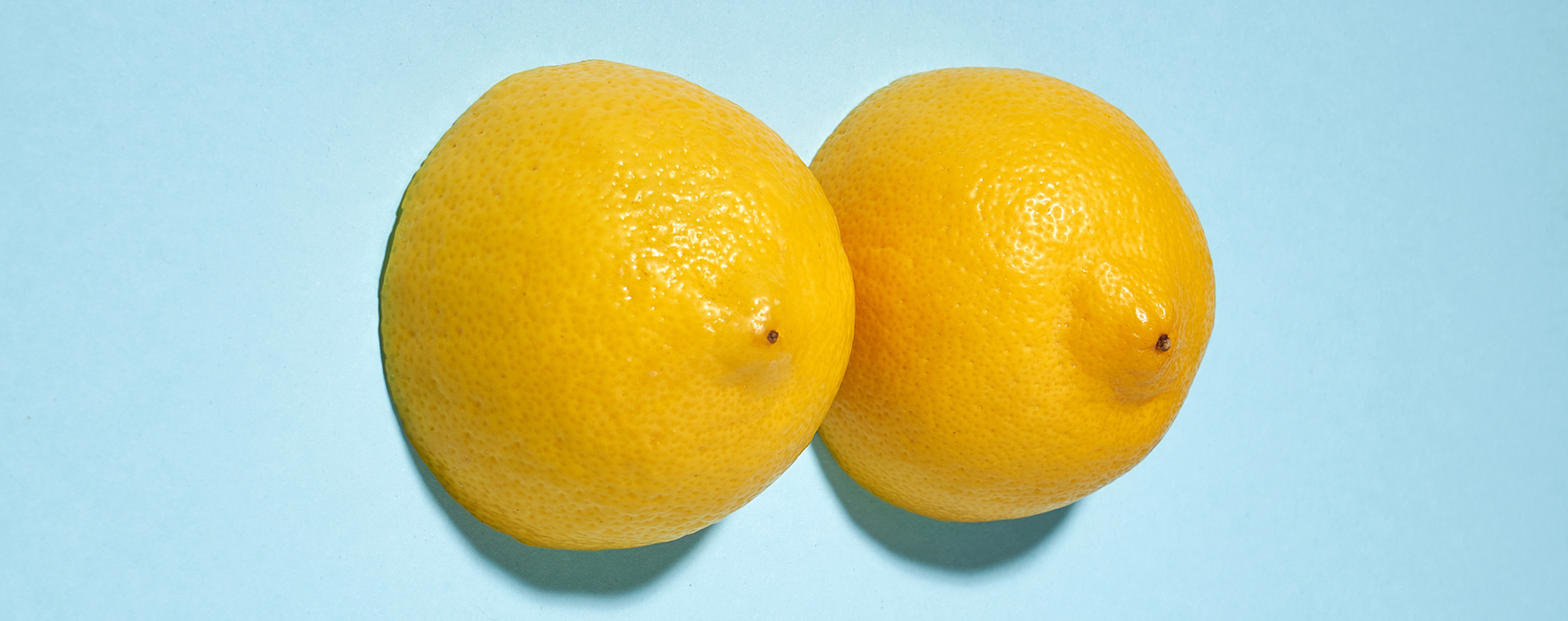
Breast Ultrasound
When we think about imaging for breasts, typically mammograms come to mind. Yet, ultrasound also has an important role to play and is commonly used. Ultrasound is usually the first-line imaging investigation for women under 40 with symptoms like new breast changes or a lump. In women aged 40 and above, ultrasound is often used in combination with mammography. Think of the two as complementary tests which have different strengths. Some things are better seen on mammography, whilst others are better seen on ultrasound. Ultrasound is particularly good at differentiating between lumps that are solid and cysts containing fluid. Ultrasound is also frequently used to accurately guide procedures in real-time. This includes removing fluid from painful cysts and taking tissue samples from breast lumps.
Breast density, screening and imaging
Mammography tends not to be used in younger women because they tend to have “denser” breasts. This means they have a higher proportion of normal fibroglandular tissue. This makes the mammograms look “whiter” and can hide breast pathology which also appears white. It’s a bit like trying to detect a white sticker on the background of a white wall. Your doctor may suggest additional imaging like ultrasound if mammography shows dense breasts. The use of ultrasound for dense breasts and for screening, used in some countries, is a subject of debate. It is important to be aware of the pros and cons to make an informed decision. On one hand, using ultrasound in addition to mammography can increase the chances of picking up a cancer. On the other hand, using ultrasound also increases the likelihood of picking up other benign lesions which may never have caused harm if they were not detected, but once found may need further imaging or a biopsy to confirm a benign diagnosis. So it is worth discussing with your doctor the nuances of this.
How does it work and what happens during the ultrasound appointment?
The same technology used to look at babies during pregnancy is used to evaluate the breasts. Unlike other imaging tests which use ionising radiation to generate images, ultrasound uses sound waves that are safe and bounce off the areas of interest to generate images. You will be asked to undress from the waist up and lie down on a couch. The doctor will put gel on a transducer to help the sound waves travel and the transducer will be placed on the skin. An image will be generated on the monitor in real-time and different images will appear as the doctor moves the transducer. The doctor will then review their images and produce a report on their findings.